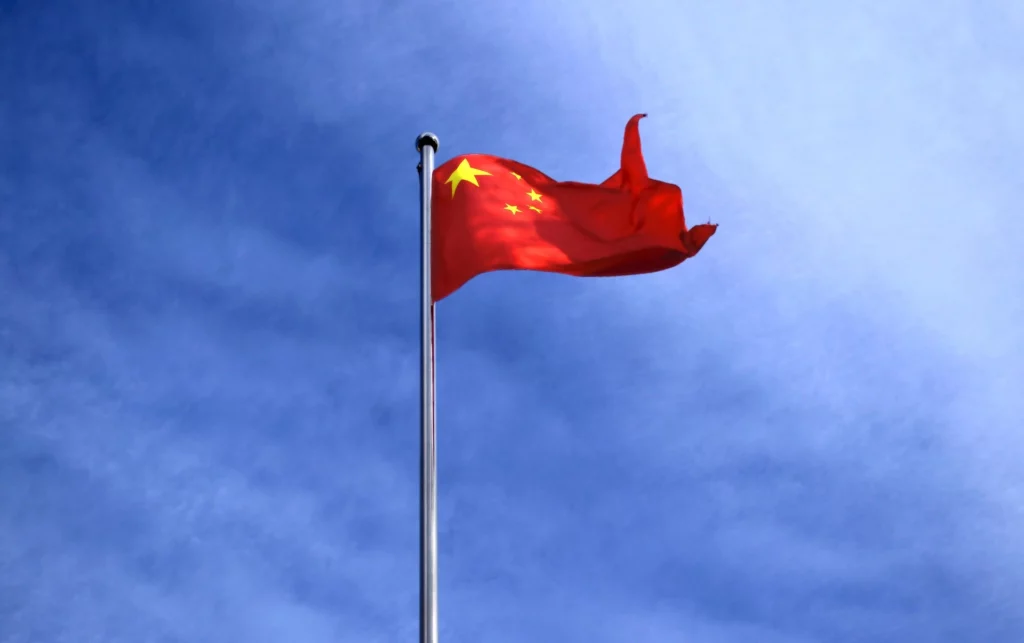China’s economic landscape has long been a point of interest for global investors, and recent months have highlighted the pressing issues the country faces. Despite fervent governmental promises of support, tangible recovery remains elusive, leaving many analysts to rethink their expectations for growth. The absence of a robust turnaround, particularly amid a growing tide of structural challenges, underscores the complexity of the economic environment.
Slow Response to Promised Stimulus
As China grapples with the fallout from years of heavy reliance on real estate and manufacturing, the government’s fiscal stimulus efforts, initiated in late September, have yet to yield meaningful results. Interest rate cuts and broad stimulus plans have been rolled out, but concrete details regarding significant fiscal support are not expected until the upcoming parliamentary meeting in March 2024. The BlackRock Investment Institute has flagged concerns, stating that existing measures lack the necessary impact to reinvigorate economic growth effectively.
Investors had anticipated a marked improvement in consumer spending and overall economic momentum post-stimulus, yet ongoing assessments reveal a more cautious outlook. A report noted that domestic demand is waning significantly, with consumer prices barely inching up—just 0.5% year-on-year, excluding volatile components like food and energy. This lethargy marks the slowest increase in a decade, raising alarms about the potential onset of deflation within the broader economy.
Yin Yong, the mayor of Beijing, openly acknowledged the challenges in the consumer sector during a recent annual report. The city has set a modest inflation target of 2% for 2025 while simultaneously working to foster technological advancements. While officials continue to speak of impending fiscal support, tangible impacts may be slow to materialize, with experts like Mi Yang of JLL pointing to sustained pressure in the commercial property market.
In the context of a struggling rental market, recent reports indicate that high-end office rents in Beijing plummeted by 16% in 2024, with expectations for an additional decline of nearly 15% this year alone. Such figures reflect a significant contraction in the commercial real estate segment, as occupancies within new shopping centers have also lagged, with occupancy rates falling below historical norms.
Despite existing government programs like trade-in subsidies to incentivize consumer purchases, optimism regarding their long-term efficacy is muted. Analysts are skeptical that these initiatives could spur a sustained consumer rebound. As real estate values continue to decline, the sluggish demand for housing directly corresponds to hesitancy in consumer goods markets like home appliances.
The Real Estate Quandary
Real estate, once the backbone of China’s economic expansion, remains in turbulent waters. The central authorities’ crackdown on high debt levels among developers since 2020 has created a ripple effect throughout the economy. In response to the sector’s sustained slide, Chinese officials have pivoted, emphasizing the need for intervention to stabilize real estate metrics.
New measures proposed to enhance construction completion and aid in selling pre-built apartments may theoretically provide a lifeline. However, analysts express reservations, indicating that the sector has not yet hit its lowest point and direct support from the government may be necessary to initiate recovery. This recognition of a need for intervention signifies the difficulty of transitioning away from an economy heavily reliant on real estate.
Compounding these domestic economic hurdles are rising geopolitical tensions, particularly between China and the United States. As Beijing accentuates the need for strategic autonomy in sectors like technology, this approach adversely impacts foreign investment and market dynamics. Numerous European companies have found themselves pressed to localize operations at exorbitant costs, undermining operational efficiency while attempting to retain their foothold in the enormous Chinese market.
Consequently, initiatives that prioritize consumption over investment efficiency emerge as a governmental focus for 2024. Authorities have assured that trading-in subsidies could evolve into a potent tool for driving demand, dismissing the notion that initial spikes in consumer activity would soon taper off. More comprehensive details regarding reform strategies are anticipated to be disclosed during the March parliamentary meetings.
As China’s macroeconomic environment continues to show signs of fragility, marked by structural challenges and diplomatic tensions, the path toward recovery remains uncertain. Stakeholders are increasingly cautious as expected government interventions grapple with market realities. A watchful eye on forthcoming governmental strategies and consumer behavior will be pivotal in discerning whether these measures can coalesce into a sustainable path to recovery. Organizations and investors alike will need to navigate these shifting sands with an eye toward adaptability and strategic foresight in 2024 and beyond.

